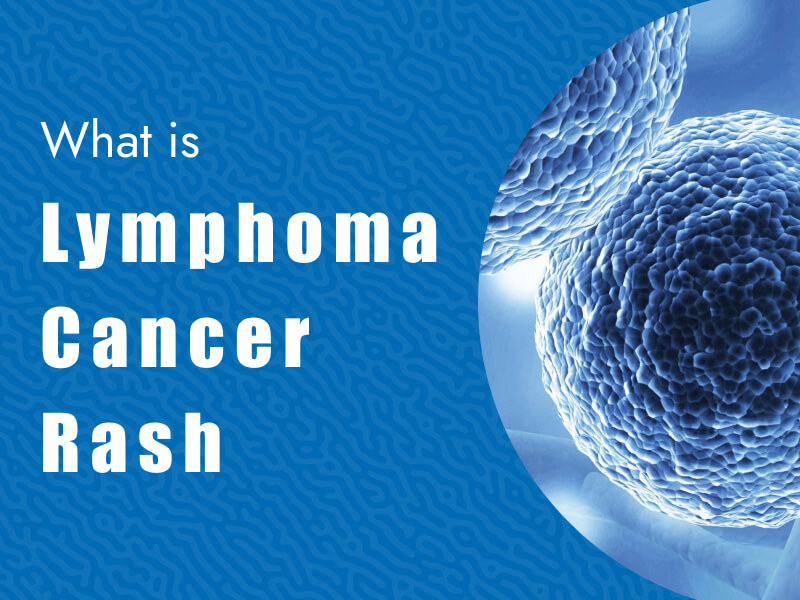Cervical cancer treatment varies between four different methods: surgical intervention, radiotherapy, hormone therapy, and chemotherapy. Cervical cancer treatment is determined according to the stage, course of the disease, and the patient’s overall health.
Cervical cancer may be detected during screenings or once the patient shows various symptoms, which usually appear in the advanced stages. The largest risk factor of developing cervical cancer is Human Papilloma Virus (HPV). This virus has been detected in approximately 99.7% of patients who have been diagnosed with cervical cancer. A biopsy must be performed to confirm cervical cancer. Once the formation of cancerous cells is confirmed, the next step is to determine the stage of the cancer.
What are the Symptoms of Cervical Cancer?
Although cervical cancer is usually seen in middle-aged and elderly women, it can occur at any age. Cervical cancer may cause no symptoms in the early stages. However, some common symptoms include vaginal bleeding, vaginal discharge, feeling of fullness or a mass in the vagina, and painful sexual intercourse. Also, bleeding may occur during or after sexual intercourse.
As it progresses, cancerous cells tend to spread upward into the endometrial cavity, below into the vagina, and on the sides of the pelvic wall. It can also directly spread within the bladder and rectum.
Once cervical cancer spreads, the following symptoms can be seen:
- Constipation
- Bloody urine
- Urine or feces coming from the vagina
- Urinary tube enlargement
- Enlargement of the kidney
In addition, leg pain and edema may occur due to spreading throughout the pelvic wall. It is also possible for the cancerous cells to metastasize (spread) to distant organs such as the lungs, liver, bones, or involve additional pelvic lymph nodes.
Cervical Cancer Treatment Options
If diagnosed at a very early stage, surgery is considered the first and most effective treatment option for cervical cancer. In the advanced stages, chemotherapy treatments can be utilized in combination with radiotherapy. If the disease has spread to distant organs, chemotherapy and targeted drug treatments can be considered. The choice of treatment is determined by the status of the patient, the type, and extent of the cancer.
In the early stages, removal of the cervix, uterus and surrounding tissue together with the lymph nodes is the most used treatment method. Removal of the lymph nodes is necessary to determine whether additional treatment will be required.
If the cervical cancer is detected at a microscopic level, part of the cervical canal called cervical conization is removed using a surgical method. Another operation in which fertility is preserved is the radical trachelectomy method. Through this method, all or part of the cervical canal and the connective tissue surrounding the uterus and cervical canal, called the parametrium, is removed.
Cervical Cancer Clinical Trials
Clinical trials for cancer patients offer access to new studies that are not widely available. Massive Bio guides patients through the most comprehensive clinical trial matching process. Participating in a clinical trial provides access to new studies that are not yet widely available.
Studies are ongoing to offer new study methods for advanced or recurrent cervical cancer patients to identify vaccines that target other HPV-types associated with cervical cancer in order to help the immune system destroy HPV for infected patients. If you want to learn more about these treatments, you can consult the team at Massive Bio.












